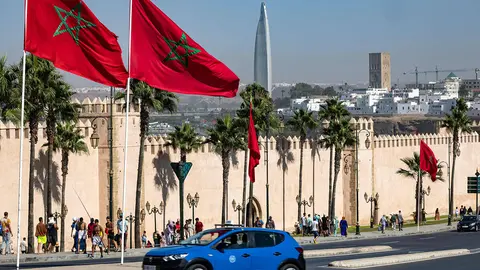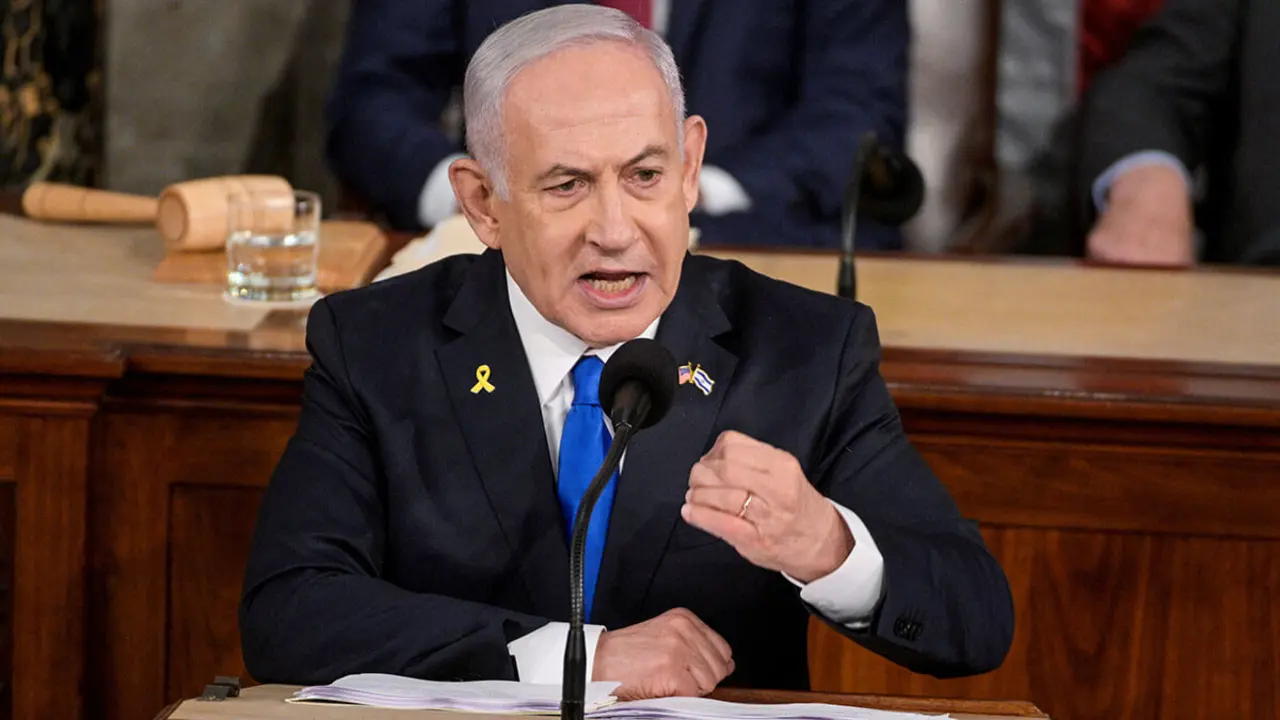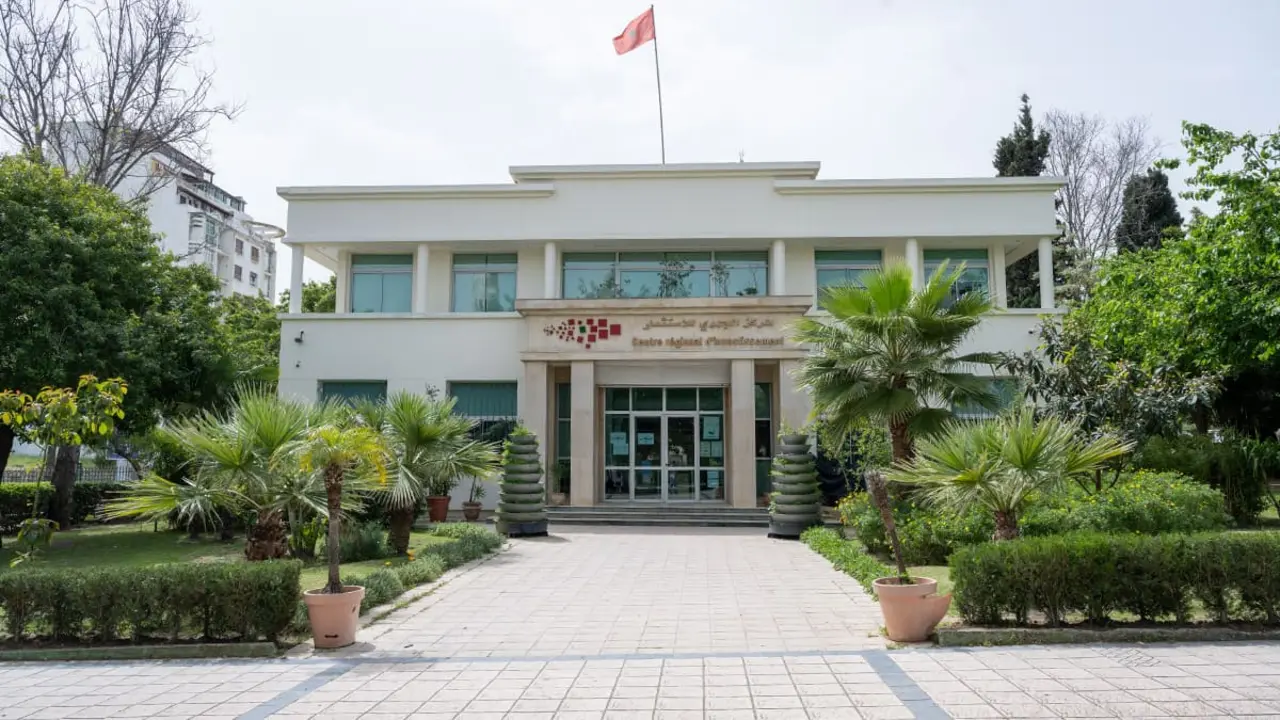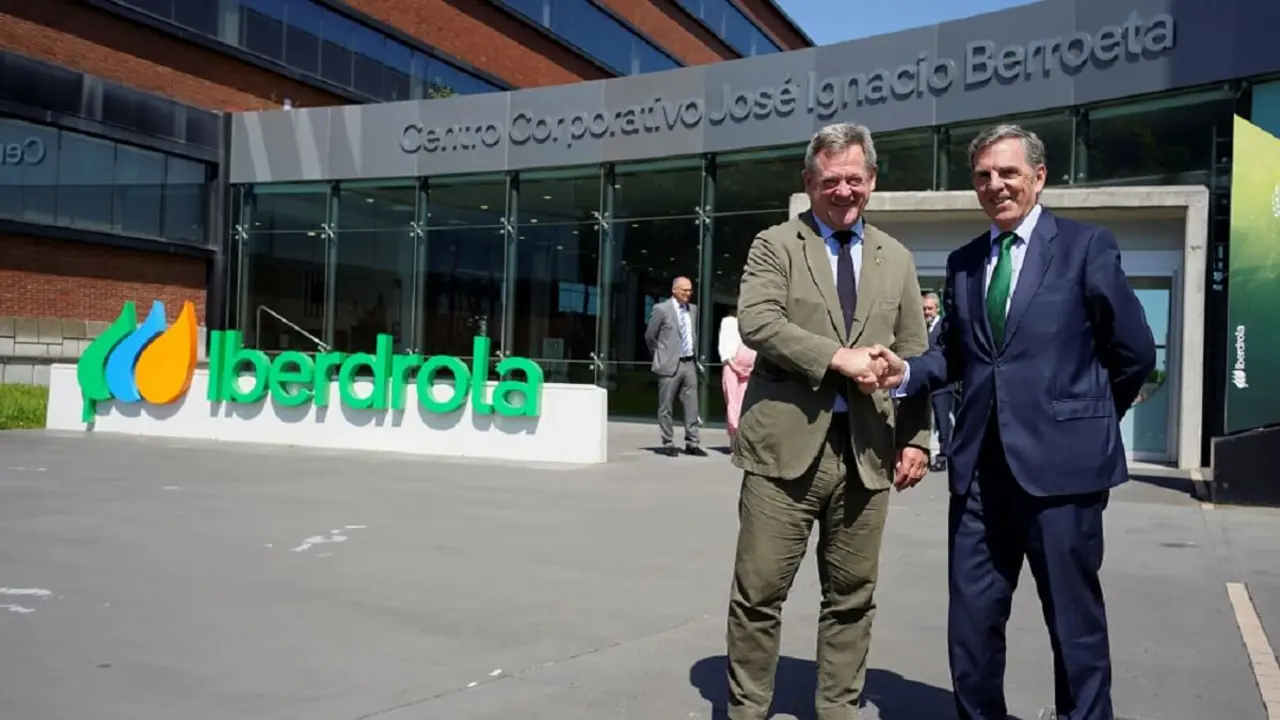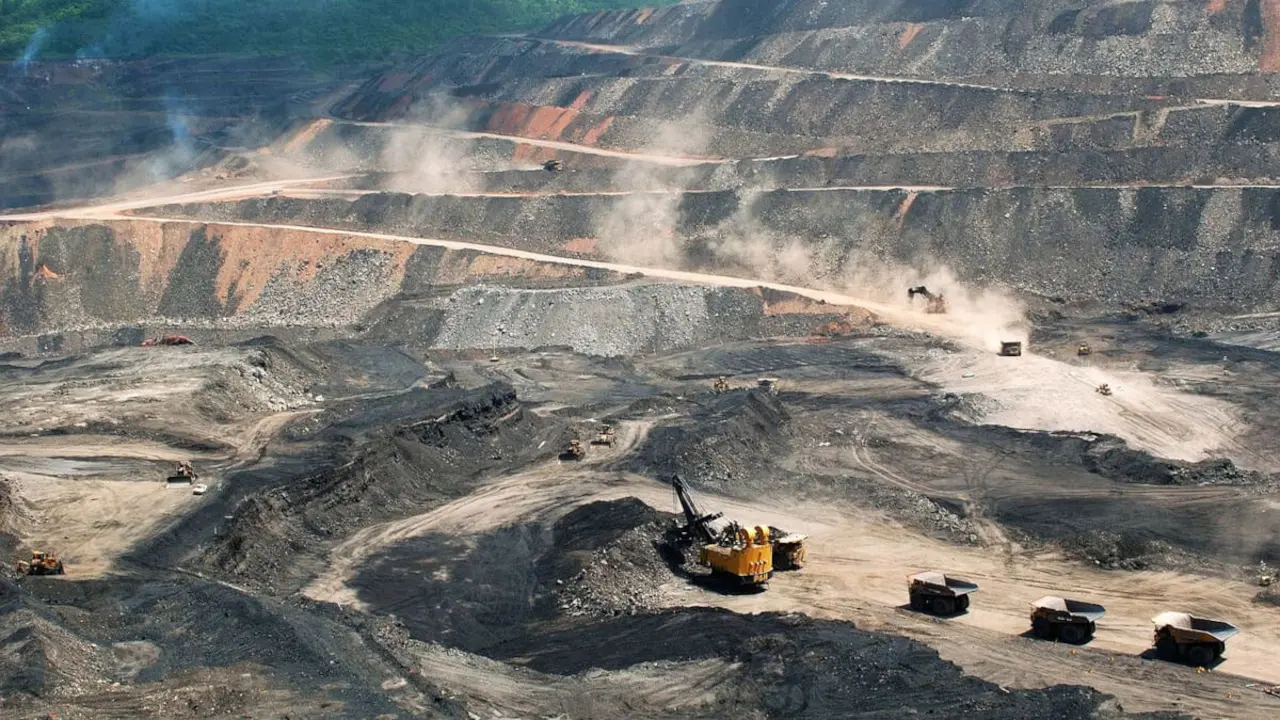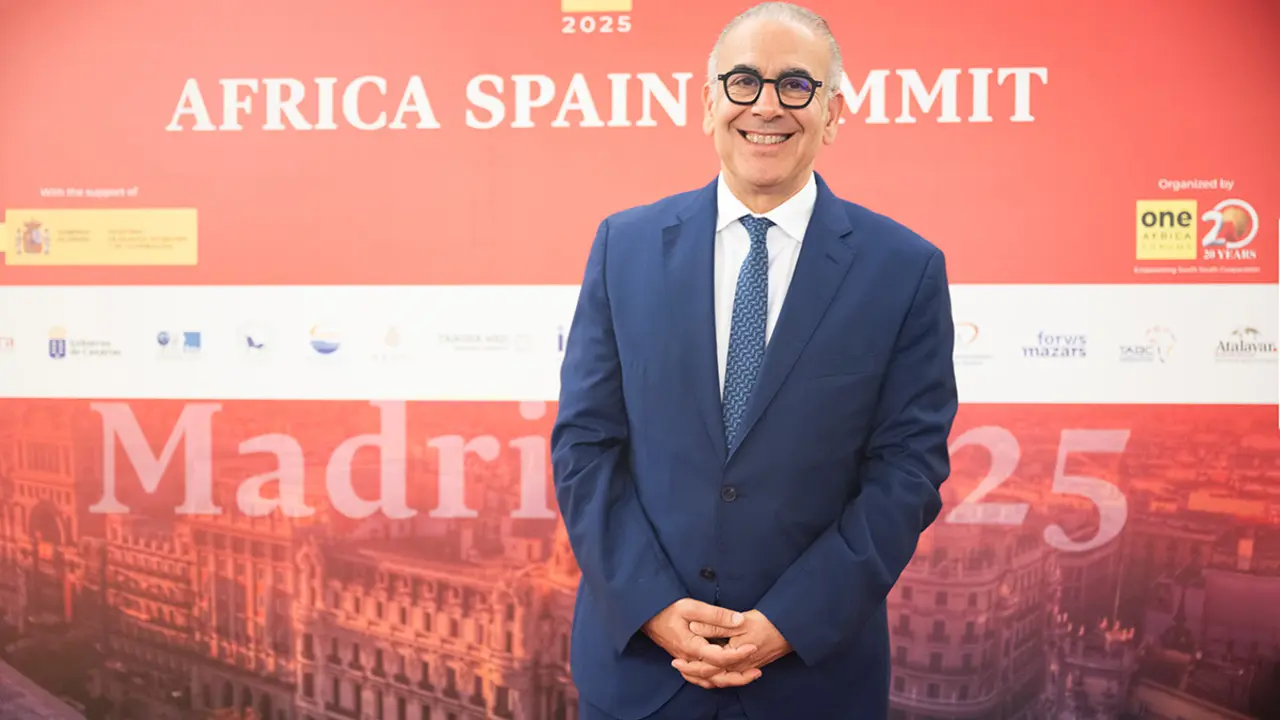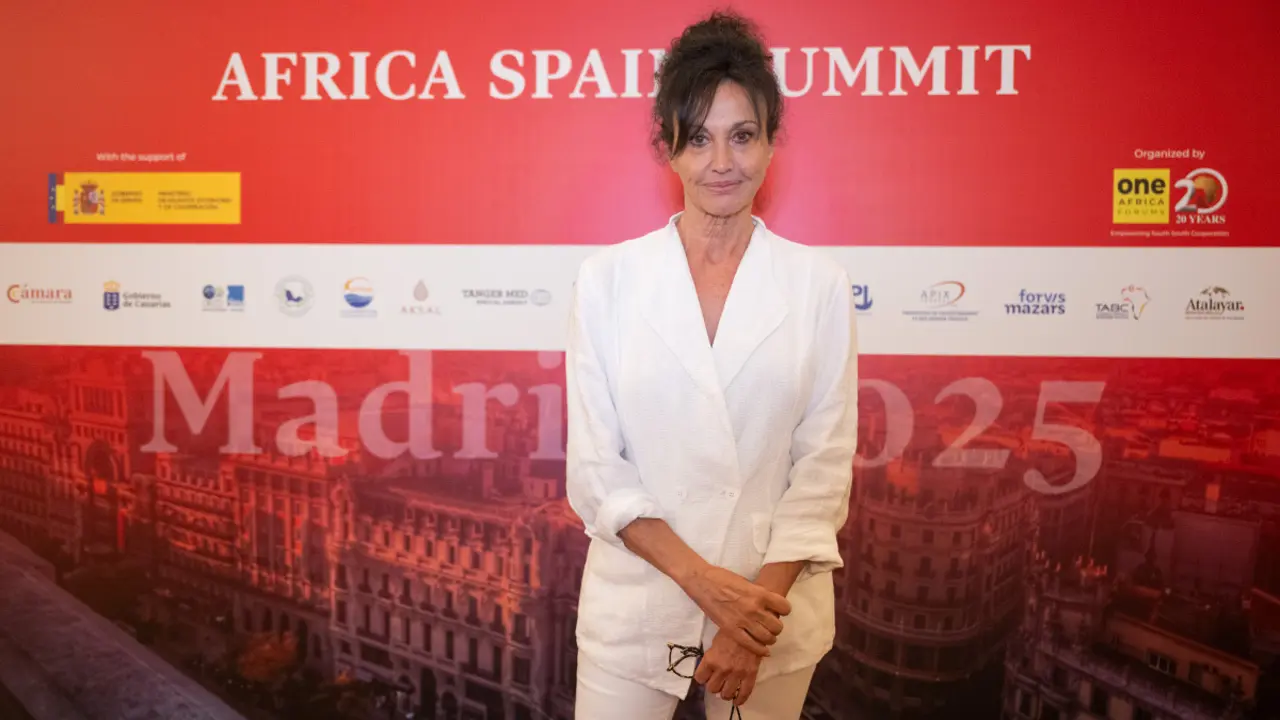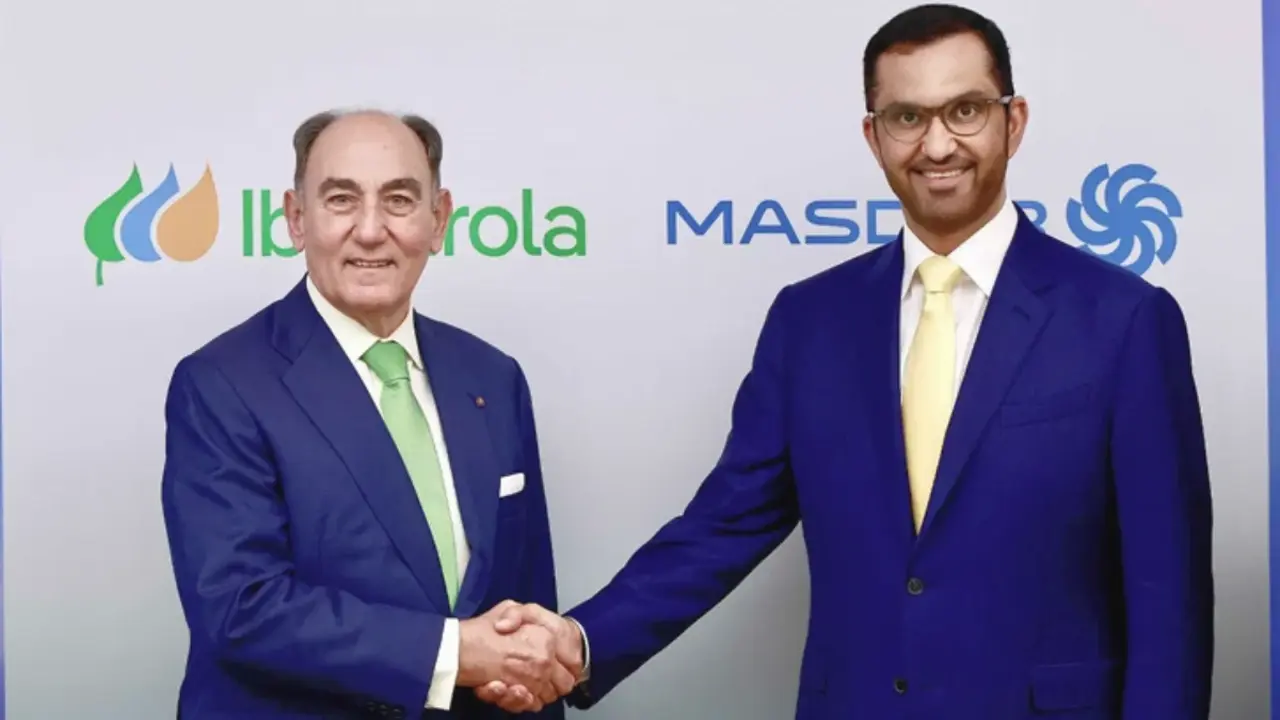Morocco's potential to export green hydrogen to Europe faces challenges

Morocco has long been positioning itself as an important potential supplier of low-cost green hydrogen to Europe by taking advantage of its abundant solar and wind resources in the south, as well as its proximity to Spain for a gas pipeline connection.
However, uncertainties related to demand, export infrastructure and incentive policies on both sides appear to be holding back progress, according to Morocco World News.
According to a recent report by Hydrogen Insight, Morocco aims to produce 4TWh of hydrogen for domestic use and 10TWh for export annually by 2030. The country's national hydrogen strategy, unveiled in 2021, seeks to capitalise on the Kingdom's renewable energy potential to produce affordable green hydrogen for both the local market and for exports to other countries.

The EU, which has set a target of importing 10 million tonnes of renewable hydrogen per year by 2030, sees North Africa as a production hub, and has signed agreements with Morocco to cooperate on regulatory frameworks and finance production and export infrastructure.
At the COP28 climate summit last December, Brussels pledged 50 million euros to support Morocco's broader decarbonisation efforts, including hydrogen.
Morocco could supply hydrogen to Europe at a cheaper price than production in most of the Old Continent due to its world-class solar and wind resources. Its proximity to Spain also allows for a pipeline connection, considered the cheapest transport method compared to shipping hydrogen over long distances.
Lack of firm agreements
However, analysts have debated whether Morocco's production cost advantage would be enough to offset the high cost of building an undersea hydrogen pipeline to Spain. So far, no formal agreement has been reached between the countries on such a project.
While export projects face uncertainties, Morocco stands to benefit from potential domestic demand for green hydrogen from the large fertiliser producer OCP Group. OCP plans to invest 8.5 billion dollars in green hydrogen and ammonia production to hedge against volatile fossil gas prices affecting its operations.
Yet most such projects are still in the early planning stages. For example, French developer HDF Energy and Moroccan firm Falcon Capital announced an 8GW green hydrogen project last November, while Abu Dhabi's TAQA is reportedly considering a 6GW facility. But development is on hold until Morocco finalises the details of its hydrogen incentive programme.
Morocco continues to boost its potential
Morocco has proposed an ambitious 5,600-kilometre hydrogen pipeline to link 11 West African nations, including Mauritania. The pipeline would run parallel to the planned 25 billion dollar Nigeria-Morocco pipeline, construction of which is due to begin this year.
The Nigeria-Morocco pipeline is intended to replace supplies that were cut off when Algeria suspended exports to Morocco in 2021. Previously, Algeria sent gas to Morocco through the Maghreb pipeline, but now transports it to Spain and Portugal through the Medgaz.
A growing list of developers has already proposed gigawatt-scale green hydrogen projects in Morocco. TotalEnergies subsidiary Total Eren, now wholly owned by the oil major, has acquired 170,000 hectares of land from the Moroccan government in the Guelmim-Oued Noun region. TotalEnergies plans a 100 billion dirham (9.9 billion dollars) renewable energy project there, harnessing 10 GW of wind and solar capacity.
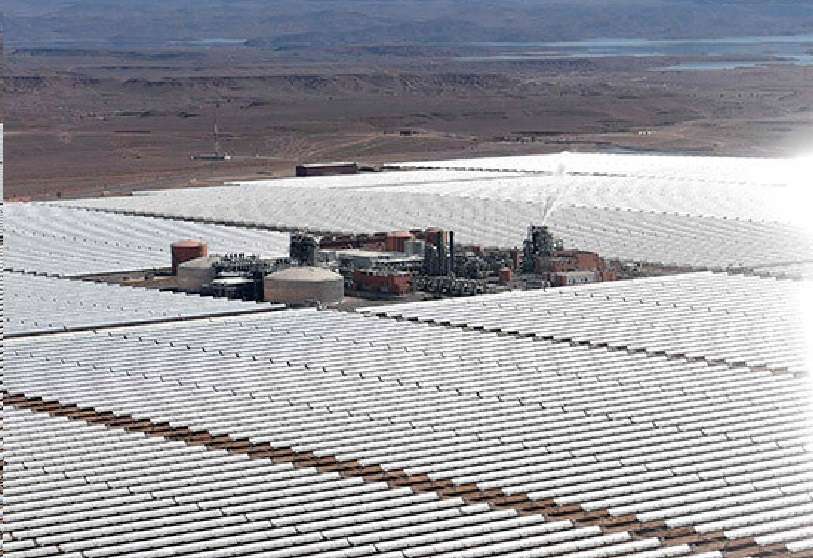
The Guelmim-Oued Noun region has also been proposed by developer CWP Global as a site for a major renewable ammonia facility. The proposed project would involve the construction of up to 15 GW of wind and solar capacity to power green ammonia production in the city of Tan-Tan in the southwest of the country.
To realise its hydrogen ambitions, Morocco will probably need to see stronger signals from Europe about long-term political support and demand for guarantees. Clear steps by the Moroccan government could also accelerate development.


